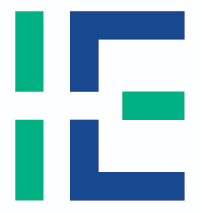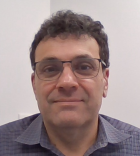What is it that drives your dual interests in radiology and image analytics?
I’ve always been interested in the physical sciences. When I was doing my combined science-medicine degree, I asked permission to do some physical sciences because I just loved them so much, so I did maths and physics. After I finished my degree I went straight into radiology, and I really enjoyed all the things that go along with that: the problem-solving part of looking at the images, the technical part of how the machines work. And then, later, I enrolled in a PhD in computer science. So, I consider myself very lucky. If you’re just a computer scientist, you don’t know that much about medical images. And if you are just a radiologist, you don’t know that much about computer science. As it is, I feel very fortunate that I understand both the limitations and the advantages and the insights that come along with both domains.
Why is image analysis such an important tool for health innovation?
One thing I like about images is that they provide a well-defined, quantitative description of something. In clinical medicine, when you see a patient and you’re trying to extract information, there’s a lot of noise. But with images, you’ve got a certain amount of information. Now, not all of that information is available to the human eye, and there’s lots of options for using computers to extract that ‘hidden’ information - and that can be used to help patients beyond what we can do routinely.
How does Image Analytics fit into the broader Tyree IHealthE mission?
I’ve been involved in a lot of image analysis research. Sometimes it’s a clinician trying to do something, sometimes it’s a computer scientist. And a lot of the time, they’re actually trying to do exactly the same thing – just reinventing the wheel over and over and over again. No one is capturing that work and harnessing it and bringing it all together to make it useful for the next person. I think that’s what we can do at IHealthE. This is an opportunity to centralise and pool that expertise and that data. That’s one of my ambitions - to capture that information with computer systems and allow other people to use it.
What value does Tyree IHealthE deliver to the innovation community?
I believe our value lies in two things. One is a concentration of expertise in things that are done repeatedly and needlessly reinvented by many researchers. The other is having the infrastructure, including computer systems, that can break down the barriers of getting the data from the clinical coalface to the researchers, and can capture and store the data in a very efficient way - not just the medical images, but all the metadata in the system.

